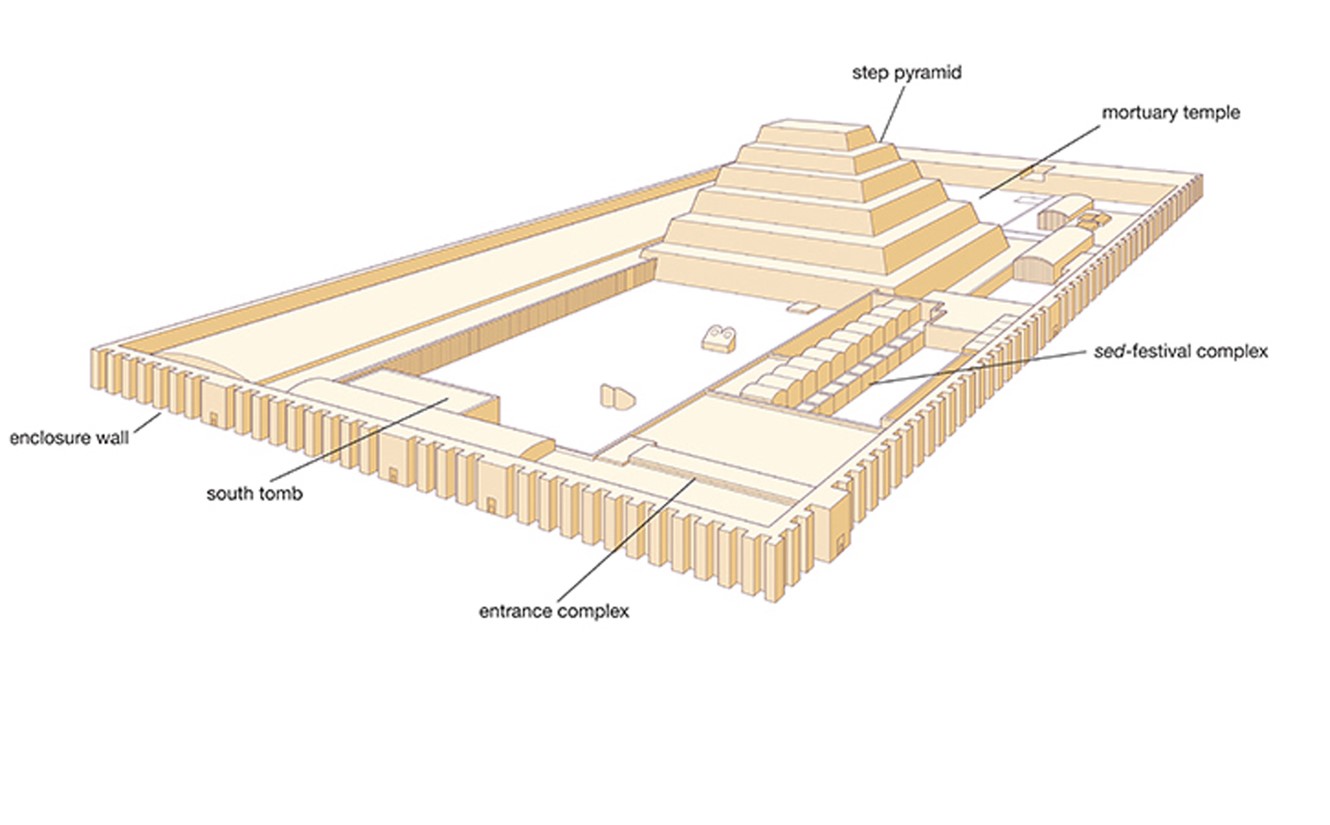 |
| Previous Image | Next Image |
| Description: Third Dynasty, c. 2630–2575 BCE. The belief existed that the ka, spirit, lived on after every human being died, and would require a body to inhabit. To fulfill the requirements of the ka, Egyptians built statues as substitute bodies and tombs with furnishings. Mastaba and Necropolis 1. The mastaba was a flat-topped, one-story structure with slanted walls erected above an underground burial chamber. 2. It contained a serdab, a small, sealed room housing the ka statue of the deceased and a chapel designed to receive relatives and offerings. 3. They tended to be grouped in a necropolis—"city of the dead." Djoser's Complex at Saqqara 1. Third Dynasty King Djoser commissioned an extensive, monumental stepped pyramid made from finely cut stone. 2. The adjacent funerary temple was used for continuing worship of the dead king. Picture Stats: Views: 428 Filesize: 95.24kB Height: 825 Width: 1330 Source: https://biology-forums.com/index.php?action=gallery;sa=view;id=35294 |
